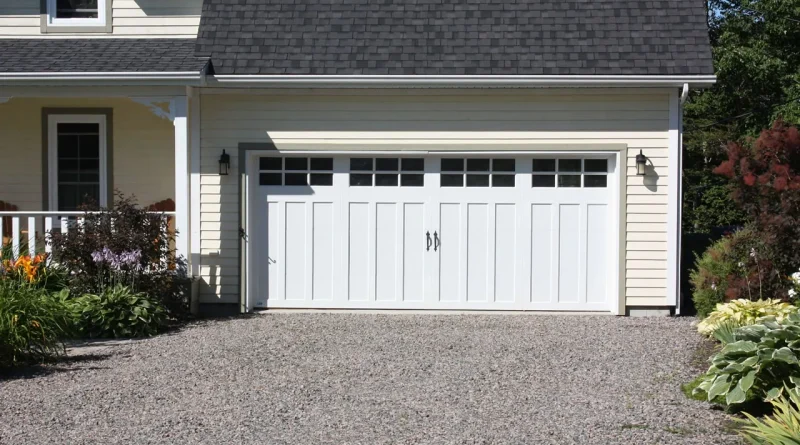A Guide to Repairing Garage Doors
A guide to repairing garage doors should start with preventative maintenance. This article will cover parts that can be repaired or replaced, common red flags of when garage door repair is needed, and how much repairs will cost. Then, we’ll discuss what to do once your garage door is damaged. Finally, we’ll discuss cost-effective ways to fix common problems. Hopefully, this article will save you some money.
Preventative Maintenance is Essential or a Garage Door
Regularly inspect your garage door for damage and ensure all its parts are in good condition. You should also check for any signs of wear and tear, such as excessive oil, which can cause friction and increased gunky residue. You should also check for damaged weather stripping and other parts of the door, as these can indicate warped wood or bent metal, which may require repair or replacement. Finally, you should ensure that the door does not bow when it is up.
Performing preventative maintenance on garage doors can extend their life and ensure optimal performance. While it is tempting to wait for problems to arise, it is best to prevent them before they begin. By performing routine maintenance, you can prolong your garage door’s life and avoid costly repairs. While spending money repairing a damaged garage door is a nuisance, preventative maintenance can help keep it functioning properly and prolong its lifespan.
Parts That Can Be Repaired or Replaced
Depending on the severity of the damage, garage door opener repairs range from about $100 to $300. Lintels, which sit outside the door, can be damaged and require repair or replacement. Most lintels are made of wood or metal. In many cases, the lintel can be restored through cleaning and restoration techniques, although a full replacement might be necessary.
The hinges on a garage door should be checked regularly and replaced if damaged or broken. A typical hinge has a lifespan of 5 years, and a heavy-duty steel hinge has a 12-year lifespan. If you notice a broken hinge, stop using the garage door until it has been repaired or replaced. If this doesn’t resolve the problem, call a professional to repair it. A bad hinge can cause the door to go off track, bend panels, or tweak the entire door’s operation. In addition, it’s far more costly to replace panels than it would be to repair the hinges.
Common Red Flags That A Garage Door Needs Repair
One of the biggest red flags of a faulty garage door is the noise from the opener. Usually, the garage door will be quiet, but if it’s making noises or not responding to remote commands, it could be a sign of structural damage. Other common noises that signal a garage door need repair include squeaking or beeping sounds. A noise that is too loud could mean that the track needs to be lubricated or the torsion springs need to be replaced.
Another red flag that suggests a faulty garage door is if the bracket or door opener is shaking or creaking when you open and close the garage door. Moreover, the rollers and pulleys of the garage door opener could be worn out or loose. It’s important to have them lubricated annually to avoid this. Moreover, if you notice a noise, call the company’s customer service to discuss the issue.
Cost of Repairs
When you need to repair your garage door, you may be wondering about the costs involved. The cost of repairing a garage door strut may range from $150 to $350. Struts hold the door up, align its hinges, and provide extra insulation. Damaged struts will likely need to be replaced. A garage door repair specialist will charge anywhere from $125 to $400 to fix this problem.
If your garage door is squeaking, it could be due to debris clogging the tracks. Another problem may be a clunky system that needs lubrication. Your garage door may also be not weather-proof, which means you’re paying higher energy bills than necessary. In such a case, you might need to replace the seal around the garage door. Repairing a garage door can be a relatively cheap way to improve your home’s energy efficiency.




